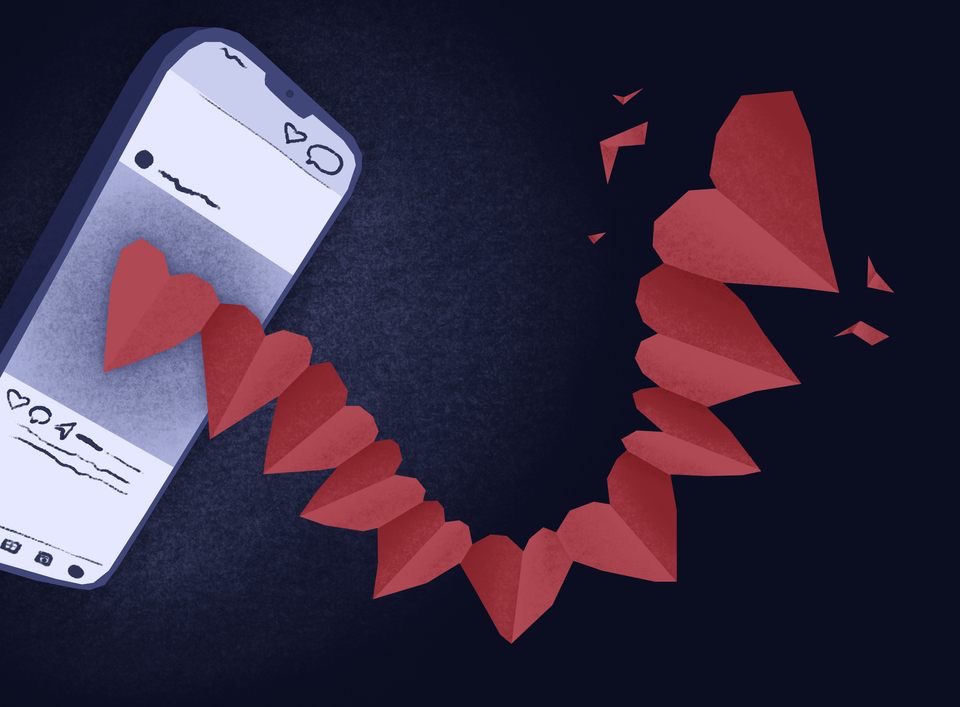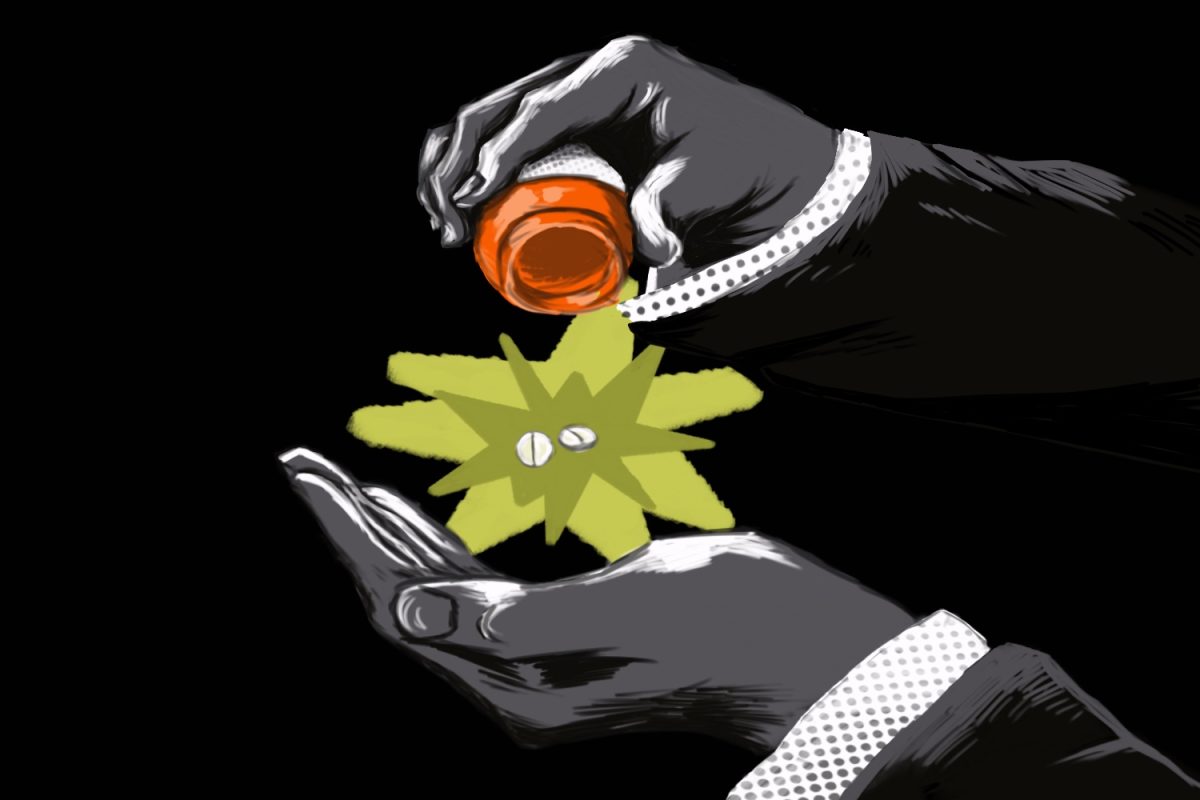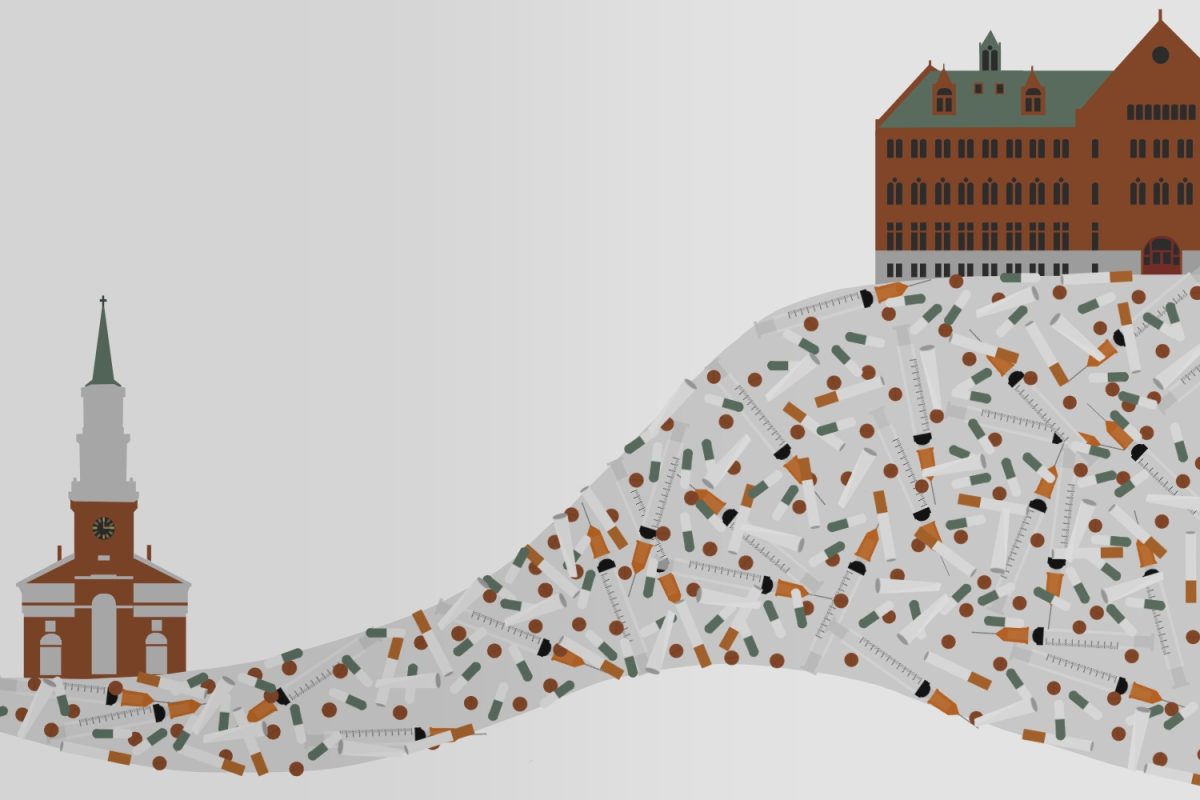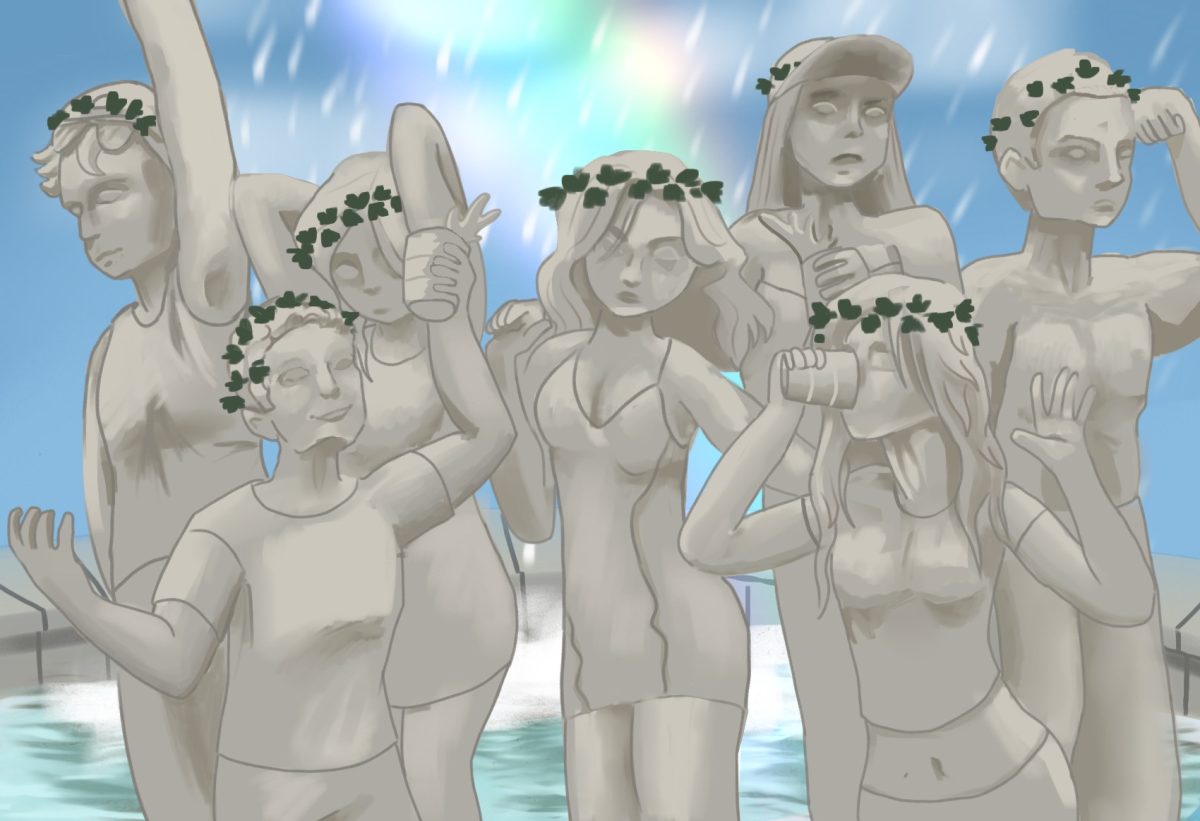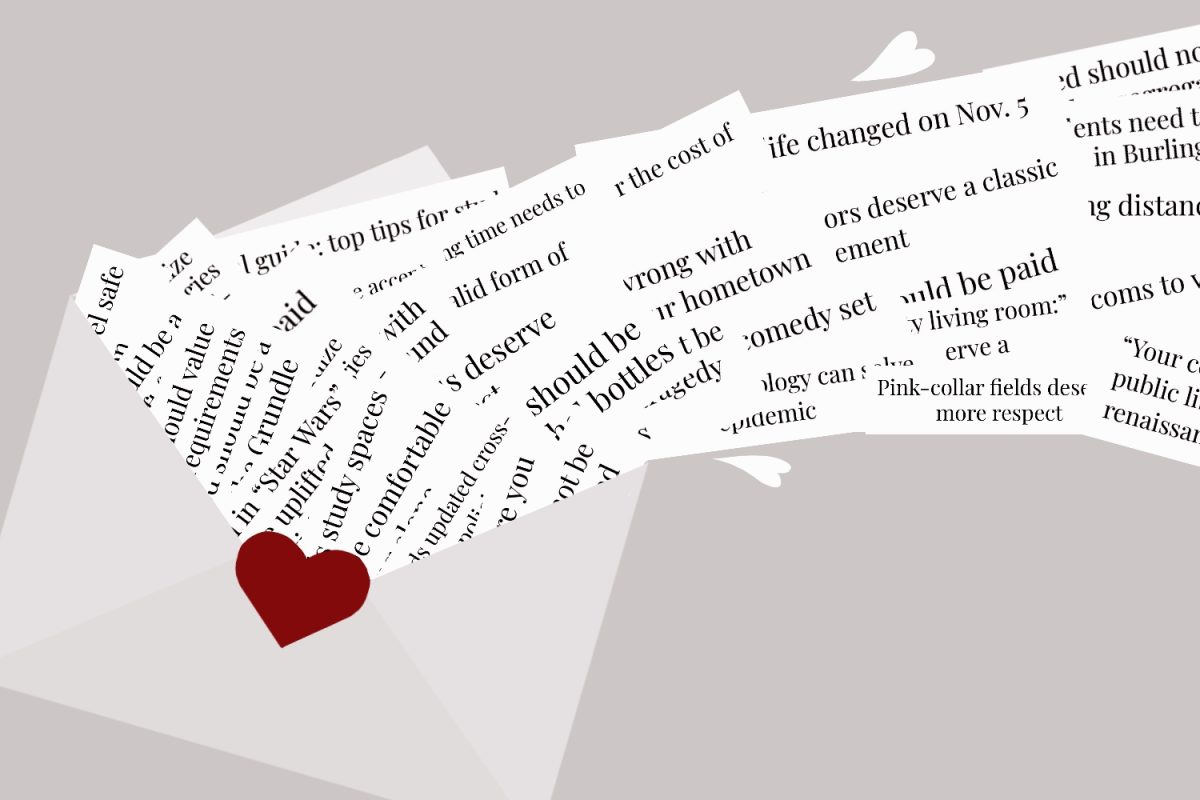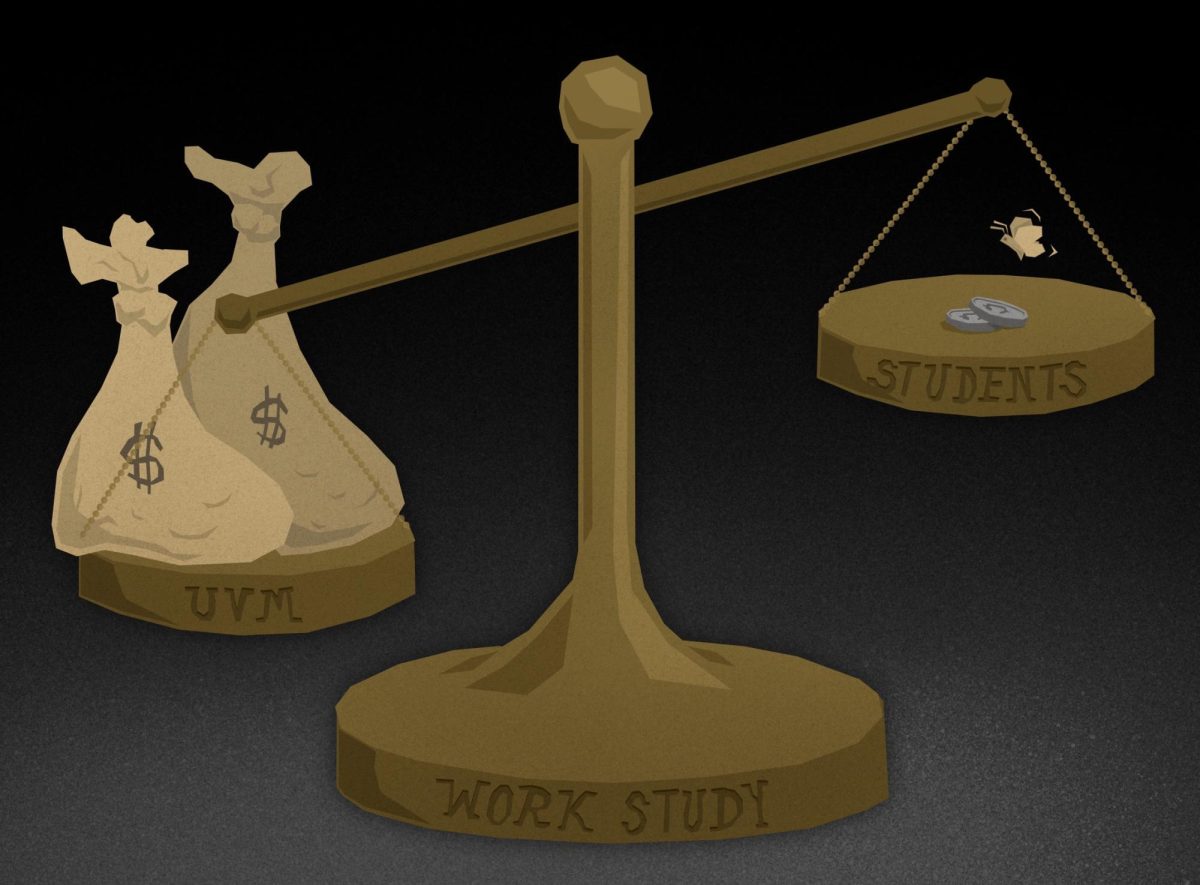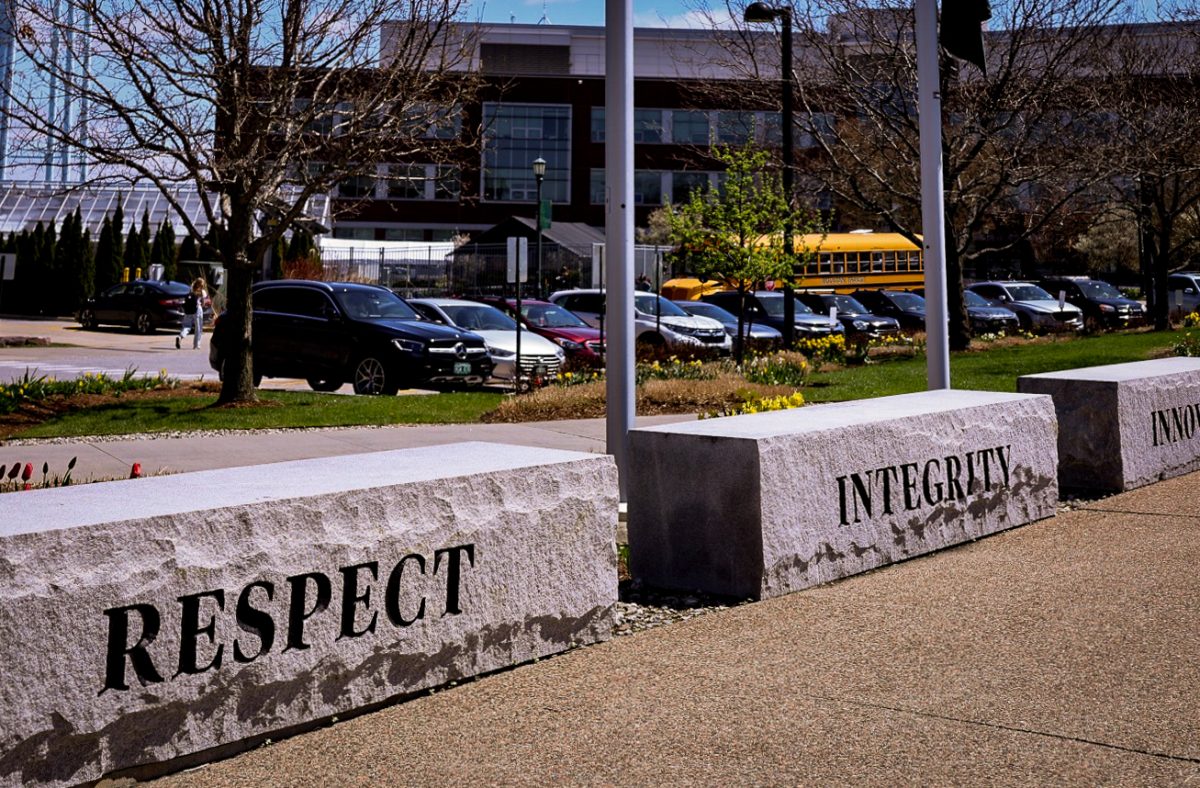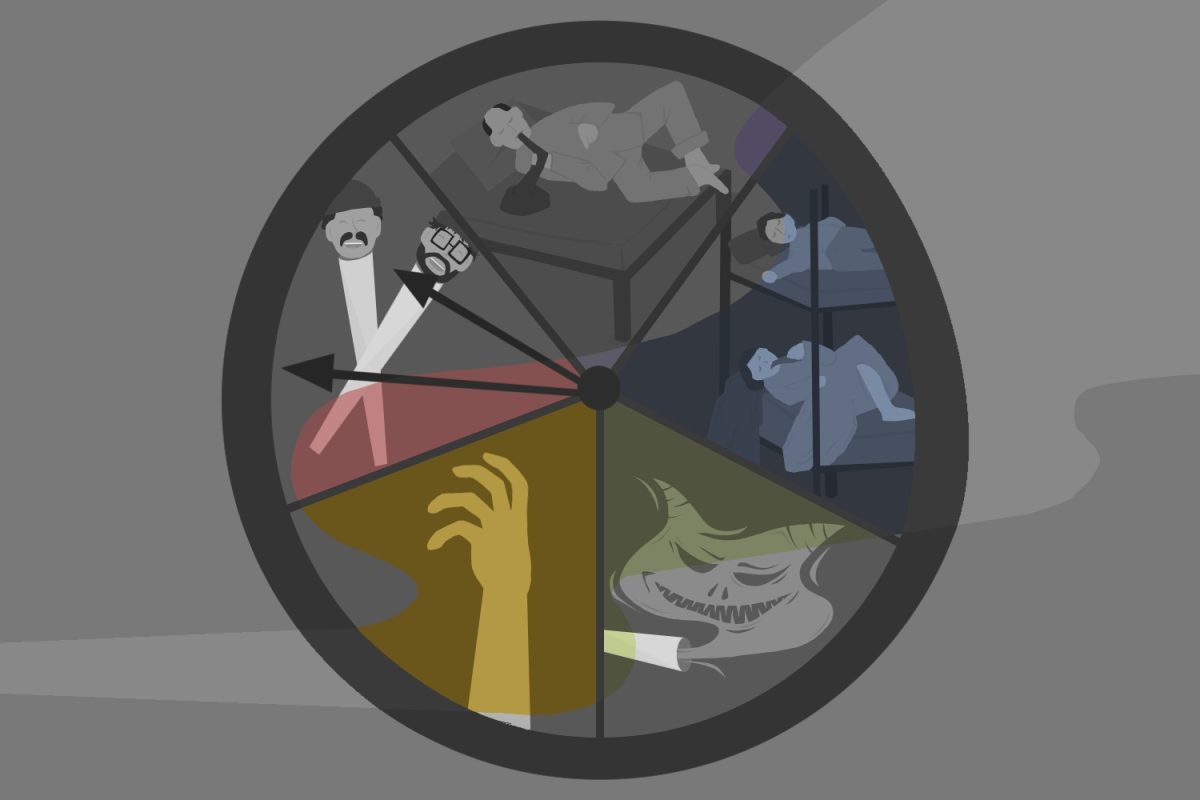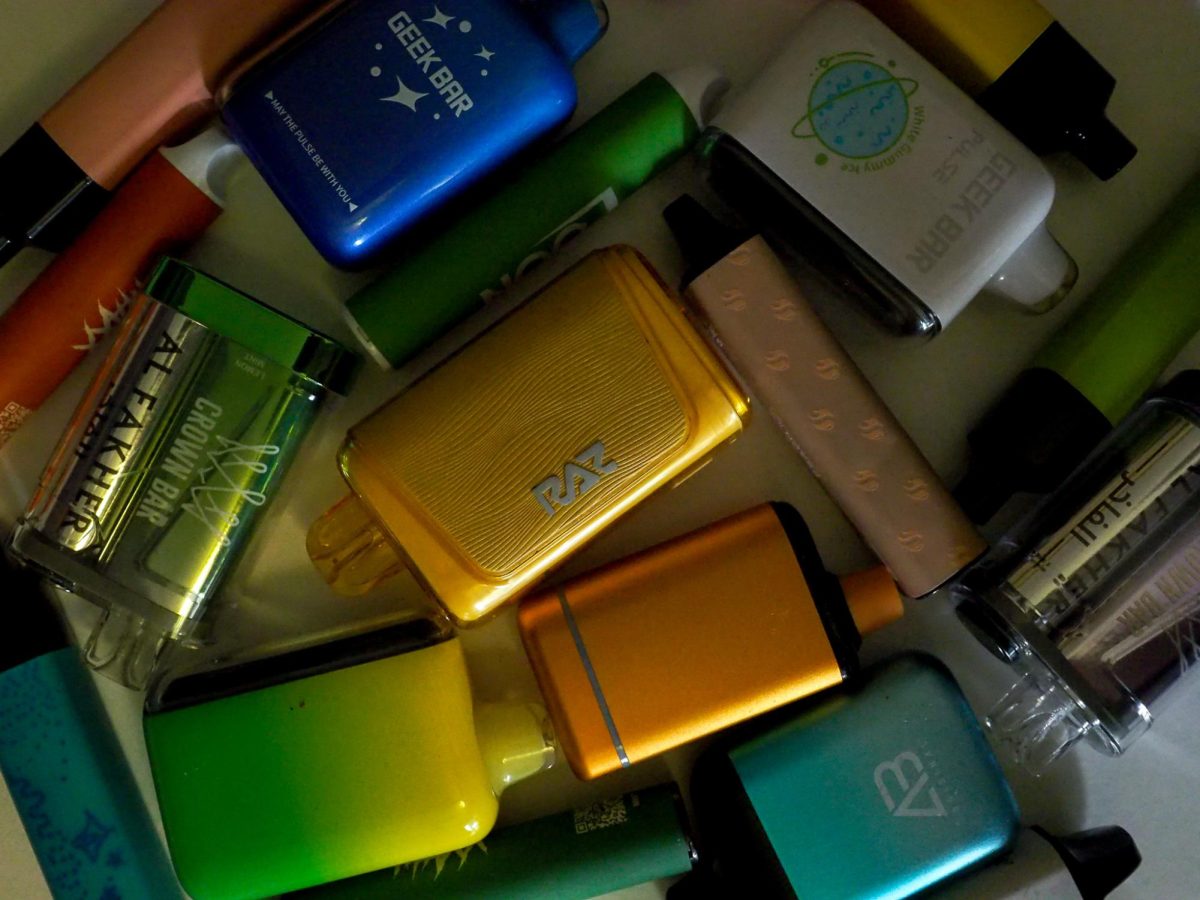Everyone knows the Grinch, the mean and green Christmas-stealing machine. However, not many know his love-hating cousin.
You may be picturing a pink-haired, Valentine’s Day thief covering up a heart two sizes too small, and you wouldn’t be wrong, but it’s not so simple.
On the first of February, I opened Instagram — the renowned app known for making me and the rest of the world feel bad.
I woke up to an ambush of heart-eyed love posts and influencers advertising their one-of-a-kind stuffed bears and chocolates — but no valentines in my mailbox. Old friends from back home posted their boyfriends of three years with baskets full of Lululemon and candies.
TikTok, Snapchat, X, BeReal and VSCO are also filled to the brim with “crush culture.” Crush culture describes the obsession with romantic partnerships and extravagant displays of affection to post on social media, in an attempt to make their middle school bully jealous.
In all my scrolling, I started to feel particularly bad about myself and where my love life is at, and I don’t think I’m alone in that.
I started to think Valentine’s Day was just a time of hyper-idealization and comparison masqueraded in pink hearts and expensive gifts.
I know what you’re thinking—this is a wild accusation. I’m here to explain how something that brings couples so much temporary joy is also stealing a holiday trademarked by love and friendship.
As far back in history as the fifth century, Valentine’s Day has been a holiday of love, exchanging of gifts and flowers, according to a Dec. 2024 Britannica article.
But we’ve seen a dramatic shift since the rise of social media.
Social media is a front of curated posts, highlighting the positive and sweeping the negative under the rug. Essentially, social media is a screen clouded by smoke and mirrors — and really good lighting.
These posts depict an unrealistic “perfect” version of relationships. Posts depict couples with zero conflict and accentuate their best moments. Large corporations advertise expensive gifts and trips to “win over” your loved one.
With these false narratives prevalent across all social media outlets, young kids and adults are force-fed a plastic, shiny version of love wrapped up in a pink bow.
Not only does this create a feeling of inadequacy within ourselves, but it also manufactures a false ideal of what love is.
Just to top the Valentine’s Day cake with some vanilla frosting, social media hyper-fixates on romantic love, pushing aside our friendships that may need some extra attention this month. Friendship is just as important, if not more important, than romantic relationships.
Often, when our love lives come crashing down, our friends are the ones picking up the pieces and mending our broken hearts. So this holiday season, don’t forget to show your friends some love too.
Love is more than posting pictures of expensive gifts, candies and heart-shaped sprinkles. With almost every major and minor corporation capitalizing on this rosy holiday in pursuit of something green, it sounds a lot like the Grinch to me.
Love shouldn’t be for sale.
Extravagant gifts and grand gestures can be a great way to express love. But love can also be hanging out with your friends, inside jokes and the little things.
While social media may be a thief, we can’t exactly call the cops for this crime. This is in our hands—a full-blown citizen’s arrest.
Here’s what you can do this Valentine’s season to protect you and your loved ones from the Grinch of Valentine’s Day:
- Foremost, put the phone down. Maybe touch some grass.
- Second, stop comparing yourself to relationships you don’t know anything about. Social media is a reel of the best moments in your life. We never truly know what’s true and what’s fake.
- Lastly, don’t fall victim to the industrialized version of love that is so common in today’s world. Gifts and flowers are a great way to show your significant other that you care, but the best present you can give this Valentine’s Day is your presence.
Social media may have stolen Valentine’s Day, but we can take it back.


